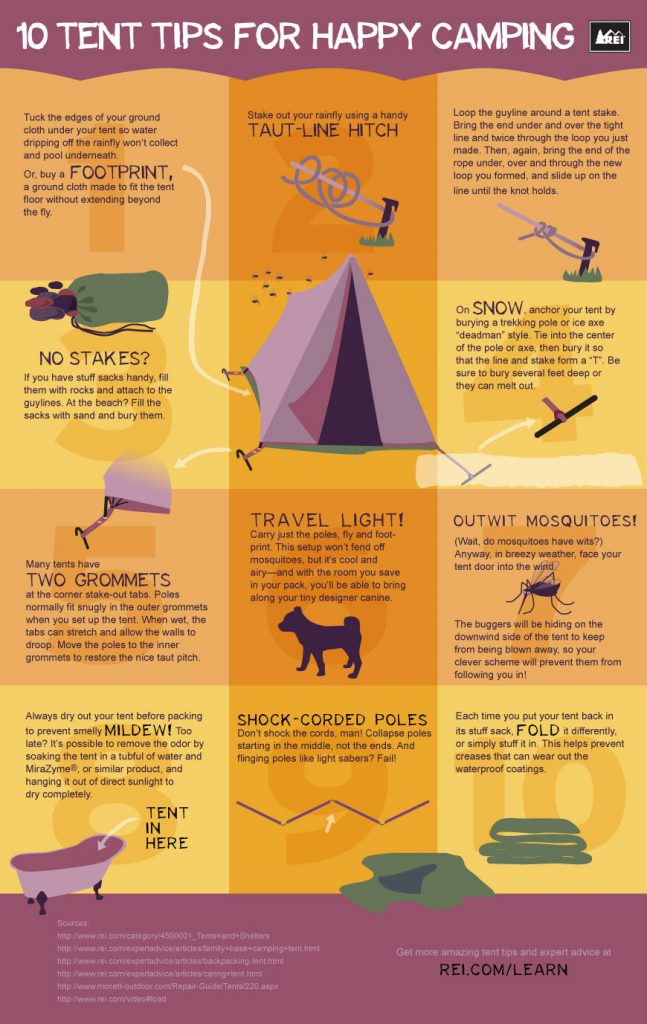Selling Camping Tents Online Is The Key To Amazing Success
Selling Camping Tents Online Is The Key To Amazing Success
Blog Article
Does Your Backpacking Outdoor Tents Required a Footprint?
A footprint is expensive and includes extra weight to your knapsack. It also isn't particularly durable.
Does touching a tent make it leak?
Inevitably, whether an outdoor tents impact is essential relies on where and just how commonly you're camping. As a whole, it's an excellent concept to make use of one if you camp on unpleasant surface areas or in damp conditions.
Camping Tents with Lower Deniers and Waterproof Ratings
Tents with reduced deniers and water-proof rankings often tend to be lighter, yet they can additionally be extra breakable. They might need even more regular repair work and have less interior space than tougher models. If you're an informal backpacker that suches as to take a trip quick and light, this may be fine; however, more experienced walkers recognize that giving up toughness can include huge repercussions down the trail.
The denier and waterproof ranking of an outdoor tents's cover, rainfly, and floor can help you determine its livability. Seek higher-denier textiles on the cover and rainfly, in addition to taped seams that help prevent water from permeating with stitches. Some makers even use warmth and sealer during construction to create a more powerful joint; these are called welded seams.
The livability of a tent can likewise be identified by its floor measurements and capability. A camping tent's floor need to be somewhat smaller sized than the impact to stop water from merging under the sanctuary.
Tents in Rough Surface
Lots of backpacking camping tents include an impact created particularly for their model, which helps make certain an appropriate fit and safeguards the tent's base from dampness and sharp items. Other manufacturers market global footprints that can be reduced or folded to match a tent's measurements.
The kind of terrain you'll run into is one more essential factor to consider for picking an outdoor tents. For example, if you'll be camping in a canyon or gully, look for a shelter that can take care of strong winds. These conditions develop turbulence that can make the distinction in between enjoying your camping site or experiencing discomfort.
The ability and top height of an outdoor tents provide you an excellent concept of its livability, but added elements to consider consist of vestibules (the section of the rainfly covering the doors) and total storage area. For example, throughout our winter season screening of the Marmot Tungsten, its charitable 93-by-82-inch floor conveniently managed four perspiring backpackers and their puffier shoulder season resting bags while still leaving sufficient area for gear and individuals.
Camping stove jack for tent Tents in Wet Issues
Even if your tent shows up dry, dampness hides in the spaces and crannies. Gradually, it can deteriorate the textile. That's why it's so essential to capitalize on rest days to deep-clean your tent and its parts, such as zipper linings, risk loops and flexible webbing straps.
Likewise, make sure to pitch your camping tent in a flat area, not a divot or concave place, to ensure that ground water does not gather in between the tent flooring and footprint or tarp. And if you're making use of an impact, consider a custom-cut one developed for your tent's floor plan. It won't gather rain the way a common ground cloth or tarp can.
Method setting up and taking down your outdoor tents in your home prior to you hit the trail, to obtain a feel for how swiftly and efficiently you can do it. Additionally, practice scouting your outdoor tents in different surfaces to see just how easy it is (or isn't) to do in bad weather conditions.
Tents in High-Rise Situations
Camping tents vary in floor dimension and livability. For example, a huge tent with double doors and vestibules like Marmot's Tungsten can take care of four backpackers without needing acrobatics to get in and out or to save gear.
The minimal route weight specification is the very best specification to contrast models, as it consists of the bare basics: tent body, rainfly and posts. Yet keep in mind that the spec leaves out tent stakes, individual lines and stuff sacks.
A lot of backpacking tents can stand up to a light summer season storm, however some can be swept away by gale-force gusts. Seek a model with strong posts, an elevated bathtub-style floor and seam taping to minimize the opportunity of water seeping with. More expensive layouts also tend to include more powerful products that can resist the impact of debris and various other pressures.
Do you put a tarp under your tent?
